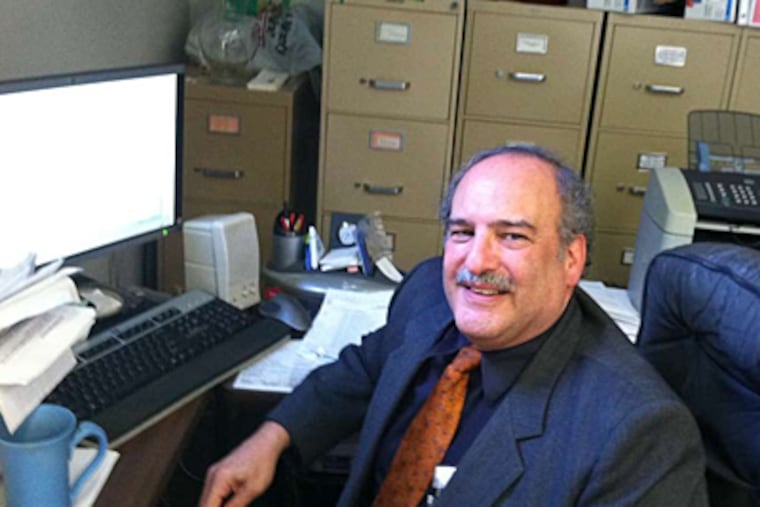Pennsylvania charter-school funding is not passing the test
Legislation that the Pennsylvania Senate passed in October called for several changes in charter-school law, including establishing a state committee to study charter-school funding and issue a report by Nov. 30, 2012.

Legislation that the Pennsylvania Senate passed in October called for several changes in charter-school law, including establishing a state committee to study charter-school funding and issue a report by Nov. 30, 2012.
Jack A. Myers, business manager of Bucks County's Bensalem School District and a longtime critic of the state funding formula for district payments to charters, said lawmakers should not wait that long.
Myers contends the formula overpays charters, costing many districts thousands of dollars per pupil they should not have to spend.
"I believe in choice; it's a democratic principle," he said last week. But "let's do it on an even playing field and not pretend we're being fair when we're not."
The elimination of $224 million this year in state payments to school districts as partial compensation for their charter costs, plus the tough economic climate, lends new urgency to the call for change, he said.
Charters are funded mainly by state-required per-pupil payments from the districts where the students live. Payments are based on the cost of educating children in the home district, minus expenses such as transportation, adult education, and school district debt payments.
A separate special-education rate is linked to district special-education costs: on average, it is close to double the regular-education figure.
Pennsylvania has 149 regular charter schools and 13 online cybercharters, with about 90,000 students. In 2009-10, the latest year for which figures were available, districts paid them about $795 million.
Complaints about how charters are funded are not new. State Auditor General Jack Wagner called the system flawed in a 2010 report. He said payments should be based on actual charter expenses, not the costs of the sending districts.
Myers agrees, adding other objections. He has studied charter funding since 1997, when the charter law was enacted and he was the Philadelphia School District's budget director.
One of the main flaws in the funding system, Myers said, gives charters a "double dip" for retirement-fund payments.
School districts must include the cost of their retirement-fund contributions when calculating charter payments. The state then reimburses districts and charters that participate in the retirement fund (almost all do) for about half the total. That, Myers said, amounts to a double payment to charters.
In 2009-10, state payments to charters for retirement costs were $10.1 million. Costs have gone up since then and are projected to rise much more.
Myers said state retirement reimbursements to districts should be deducted from their charter-cost calculations. That, he said, would cut $280 per student from Bensalem's charter payment, which is $10,320 this year for each non-special-education student.
A second issue, Myers said, is a cap used in calculating special-education payments.
No matter how many or few special-education students in a district, it must calculate its payments as though it had 16 percent special-needs children.
Districts with more than 16 percent would pay less to charters if they could use the actual figures, Myers said.
Bensalem, for example, has about 21 percent special-education students. Its payment would be cut more than 30 percent per student if that number were used, he said. Bensalem's per-student charter payment for special-education students this year is $26,893. It has about 500 students in charters; at least 50 are in special education.
An Inquirer analysis of 2009-10 special-education figures statewide showed that 226 of 500 districts had more than 16 percent special-education students; 43 had more than 20 percent. Many districts are overpaying their special-education costs, and many are underpaying.
Myers also said it was wrong that districts must include expenses in support of nonpublic schools, including state-required ones such as providing nursing services and crossing guards, in calculating charter payments.
Robert Fayfich, executive director of the Pennsylvania Coalition of Public Charter Schools, said he did not contest many of Myers' points. "A lot of [the funding formula] doesn't make a lot of sense," he said. "Nobody is happy with it." He added that problems with the formula did not always favor charters; some subtract money they should get.
Fayfich said he favored "an absolutely comprehensive review" of charter funding such as the one outlined in the Senate legislation. In the end, he said, the review would arrive at a solution that is "fair to the child and fair to the taxpayers."